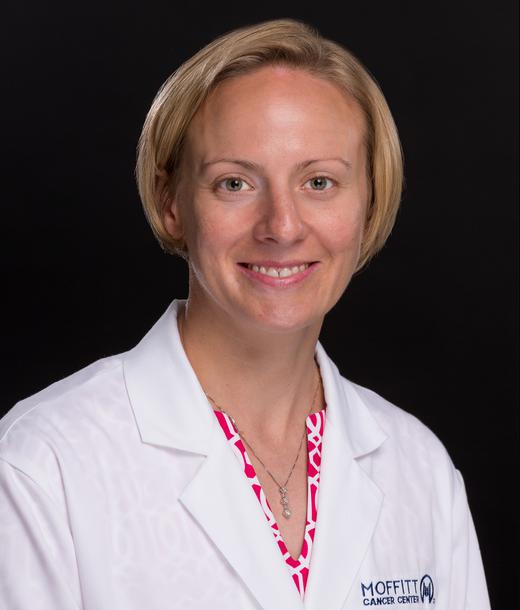The Perfect Time To Schedule Your Mammogram Is Now
Annual mammograms save lives. That’s really the simple message that breast radiologists want to drive home when discussing the importance of screening.
Breast cancer is the most common cancer in women in the United States, surpassed only by skin cancers, according to the American Cancer Society. In 2025, it’s estimated that nearly 317,000 cases of invasive breast cancer will be diagnosed and more than 42,000 women will die from the disease.
-
317,000
Cases of invasive breast cancer will be diagnosed in 2025
-
42,000+
Women will die from the disease in 2025
Those are frightening numbers, but there is a way to protect yourself, according to Bethany Niell, MD, PhD, section chief of breast imaging at Moffitt Cancer Center. Get the cancer screening tests that are most appropriate for you.
Know Your Risk
“All women, regardless of race, should begin getting annual mammograms no later than age 40,” Niell said. “Women at increased risk may need to begin breast cancer screening exams as early as age 25. Our goal is to decrease deaths from breast cancer. To save the most lives, mammograms should be done every year.”

Breast cancer most commonly occurs in middle-aged and older women. While the average age of a woman diagnosed with breast cancer is 62, that doesn’t mean younger generations aren’t at risk. General guidelines don’t always apply to everyone and knowing your risk is key to your screening, Niell said.
“It’s really important that each of us understands our cancer risk factors,” Niell said.
By the age of 25, women should undergo a risk assessment. Those who are found to have an increased risk of breast cancer may be eligible for earlier screenings with mammograms and MRIs.
Working Smarter
And as technology improves, so do outcomes. Radiologists at Moffitt use technology when screening patients, but that doesn’t mean artificial intelligence is diagnosing you, Niell said. Mammograms are interpreted by a subspecialized board-certified physician who then uses computer algorithms as part of the interpretation. It’s a process used across most of the United States.
“In short, don’t delay your annual mammogram and know your risk, no matter your age,” Niell said.
Screening Guidelines at a Glance
- Breast cancer risk assessment by age 25
- Start Age: Annual mammography at age 40 for average-risk women
- High-Risk Women: Those with genetic mutations known to increase breast cancer risk (like BRCA1/BRCA2 mutations) and their untested first-degree relatives, those with a history of chest radiation therapy at a young age, and those with a calculated lifetime risk ≥ 20% should begin screening prior to age 40 and screening should include annual breast MRI.
- Breast Density Considerations: Women with dense breast tissue should get a risk assessment performed and discuss additional screening methods with their doctors, as dense tissue is an independent risk factor and can make it harder to detect cancer on standard mammograms.
- It’s recommended women with extremely dense breast tissue undergo a supplemental screening MRI in addition to mammography.
- Continue Regular Screenings: Women should continue annual screening as long as they are in good health.




